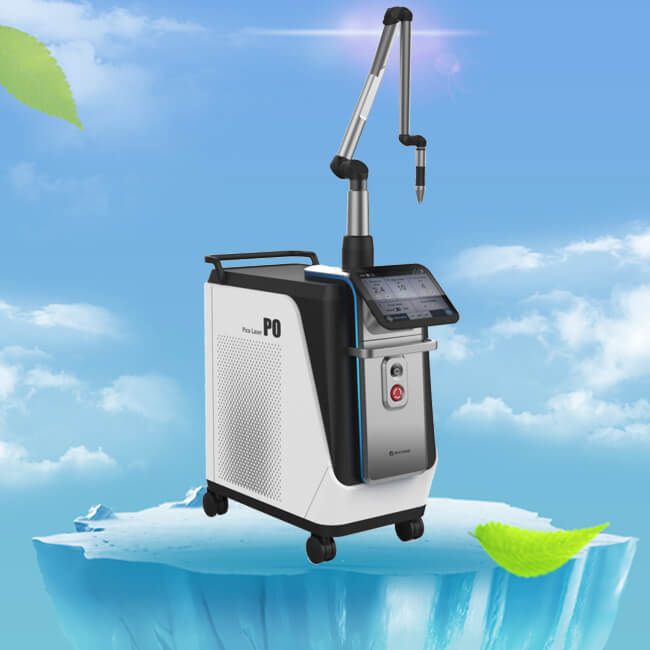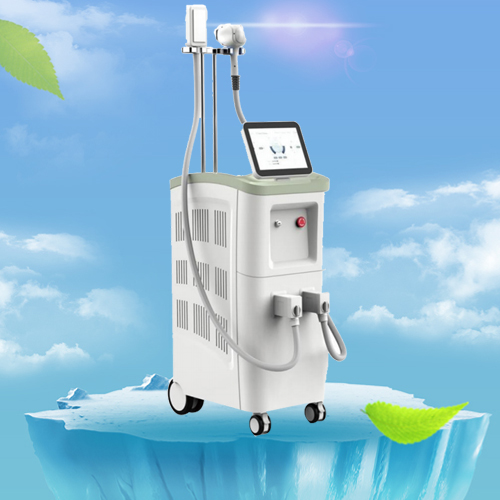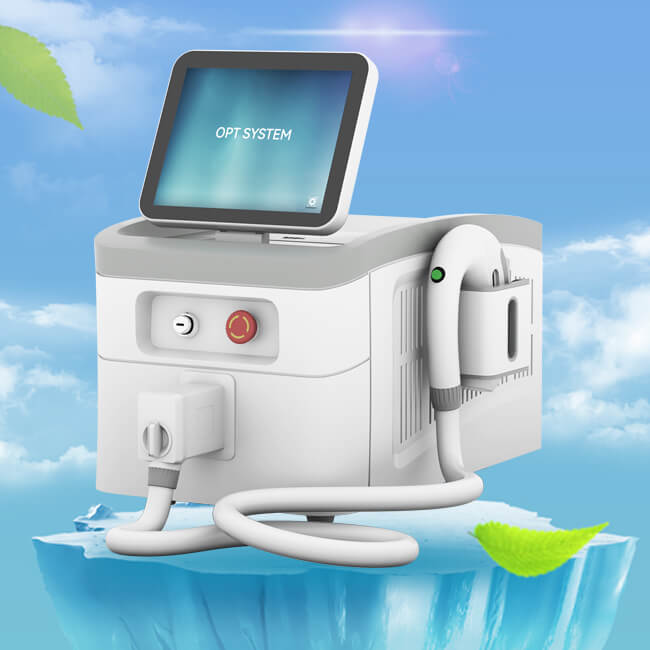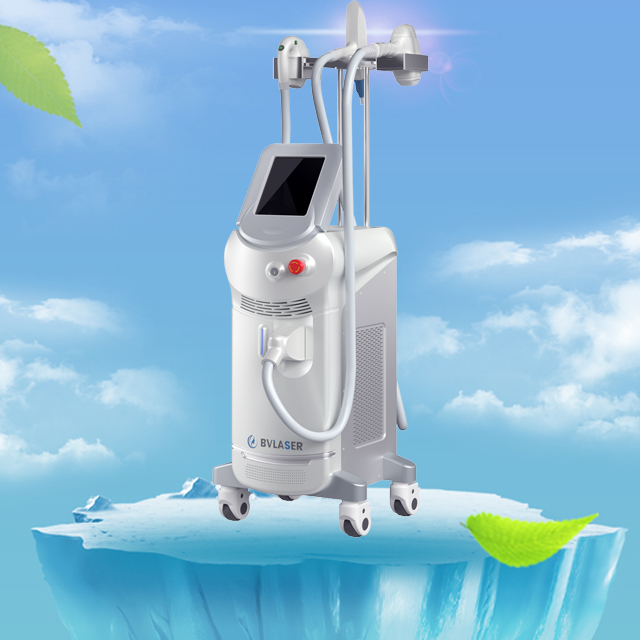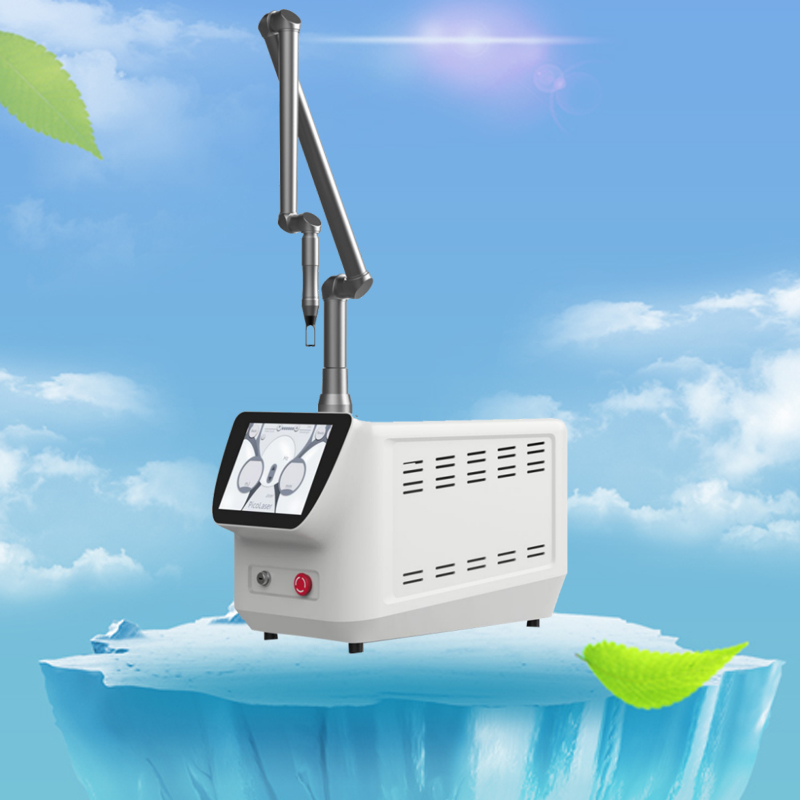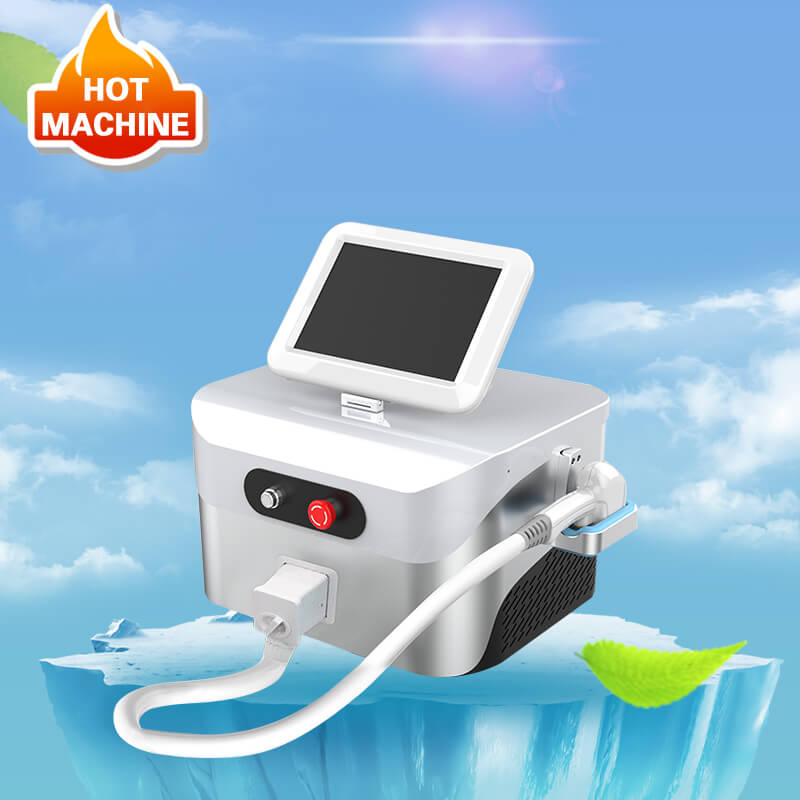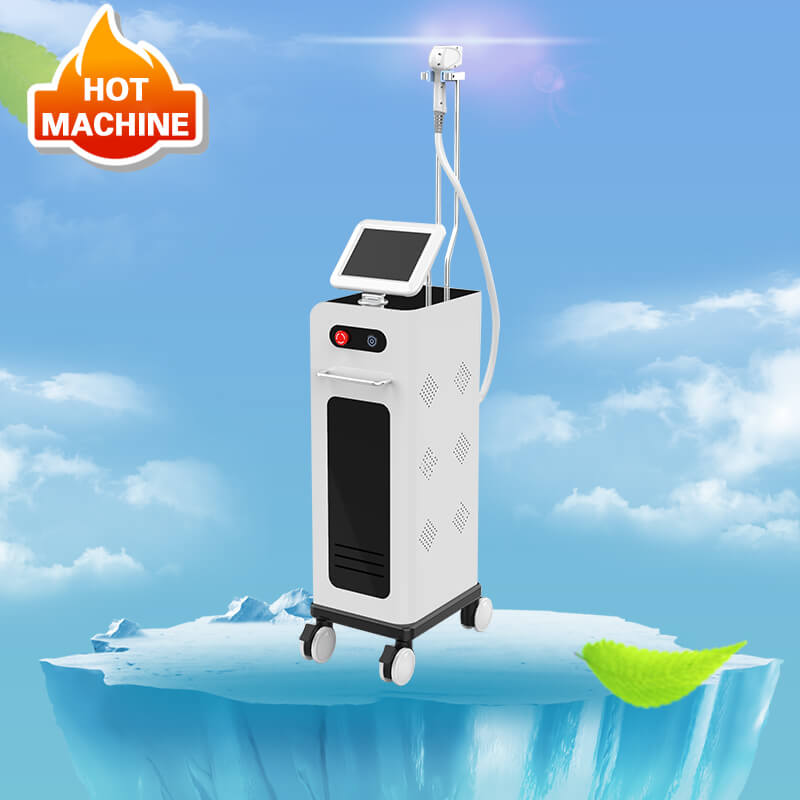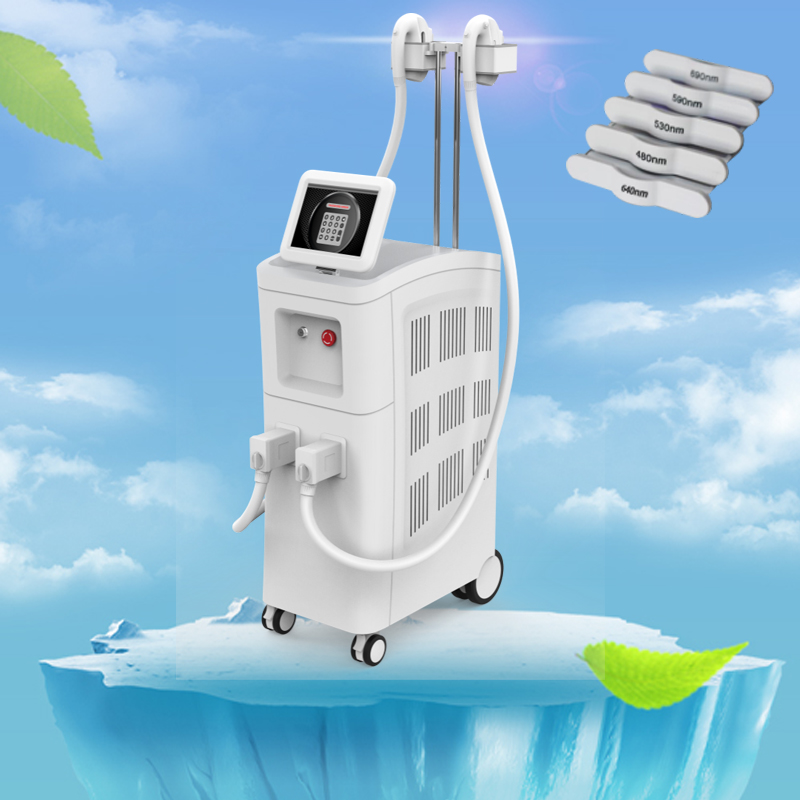What should do to prepare for a CO2 fractional laser treatment
Author:baishilf Time:2023-10-19 14:39:42
The best CO2 fractional laser machine is a type of skin treatment used by dermatologists or physicians to reduce the appearance of acne scars, deep wrinkles, and other skin irregularities. The CO2 laser skin resurfacing machine takes the CO2 laser beam and fractionates, or pixellates that beam into thousands of tiny little shafts of light. These tiny shafts of light penetrate into the deeper layers of the skin. The skin then repairs those tiny shafts by pushing out the old sun damaged skin and replacing it with new skin.

How long does CO2 fractional laser treatment recovery time?
The recovery time after a CO2 fractional laser treatment varies depending on the intensity of the treatment and how quickly your body heals. According to Bestview Laser (professional CO2 fractional laser machine manufacturer) survey, most patients need at least one week, if not two weeks, as the new layer of skin is healing, which leaves you more susceptible to bacteria and therefore infection. Maybe you can five to seven days of redness and swelling. Avoid any sun exposure or harsh products during this time. Complete healing takes one to three weeks.
What should do to prepare for a CO2 fractional laser treatment?
Before a CO2 fractional laser treatment, it is important to follow some pre-treatment instructions to ensure the best outcome. Here are some general guidelines that you may find helpful:
1. Discontinue skin irritants such as retinoids, salicylic acid, hydroquinone, and glycolics at least one week prior to the treatment.
2. Avoid sun exposure or tanning before the treatment.
3. No accutane within one year of the treatment.
4. Arrive with clean skin that is free of lotion, oil, makeup, or self-tanning agents.
5. Let your physician know if you are prone to cold sores so that prophylactic medications can be given.
6. Fill all medications at the pharmacy and prepare cool compresses (frozen peas in small Ziploc bags) and vinegar soak solution.
7. Arrive without contact lenses and bring glasses in the event that ocular shields are placed for treatment close to the eye.
8. Bring a large hat to protect from the sun.
9. Coordinate a driver if you plan to take medication for pain/anxiety.

After the treatment, you may experience some discomfort, heat, throbbing or headache for the first few hours or days. Swelling is expected and is worse in the morning but improves as you sit up or walk around. Rest and sleep with your head raised on 2 to 3 pillows for the first few days. Apply cool compresses to the area on top of a thin towel or fabric, 15-20 min every hour to soothe discomfort if needed.
Please note that these are general guidelines and your physician may provide you with specific instructions based on your individual needs.





